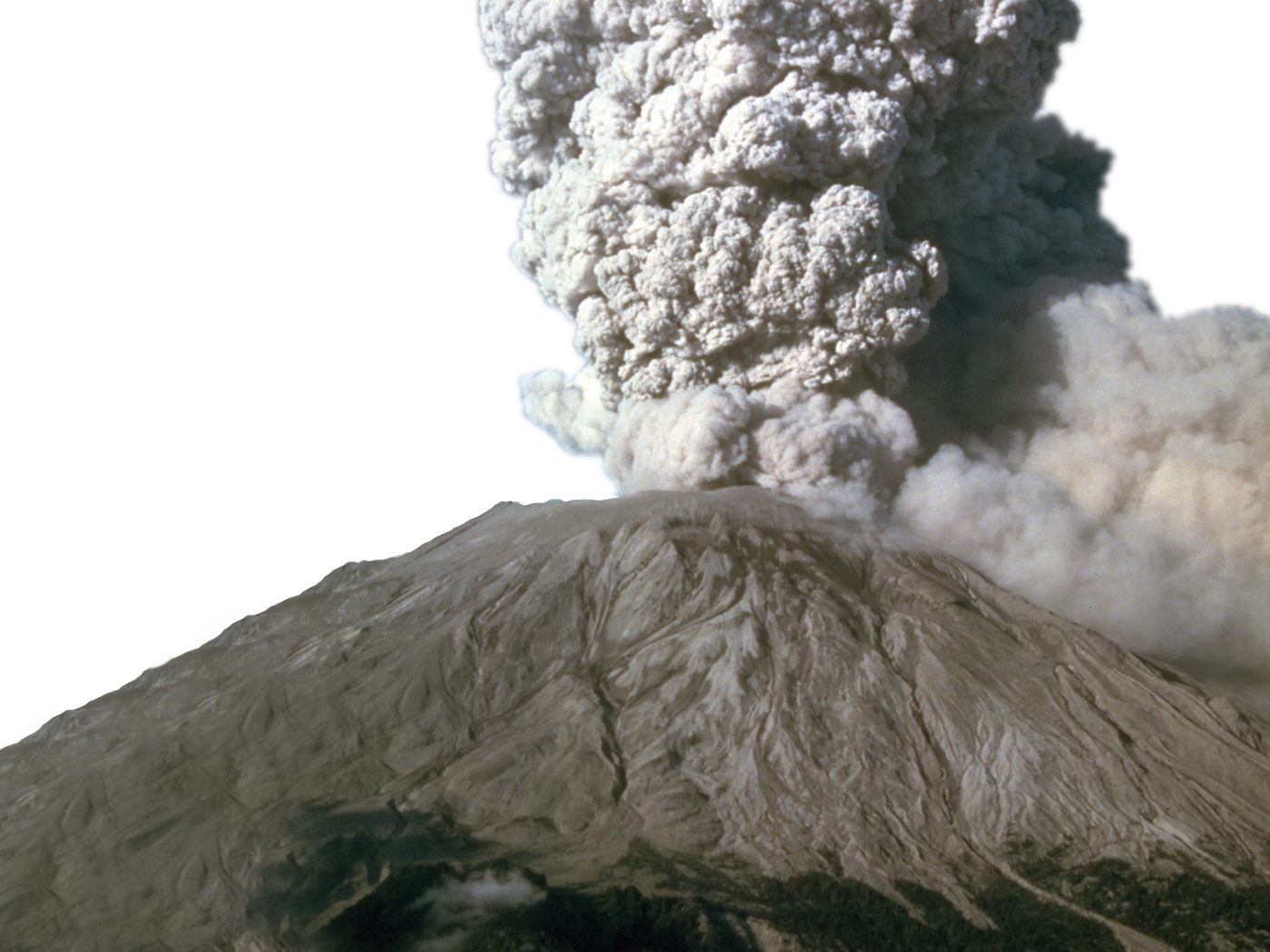Researchers at the Pacific Northwest National Laboratory (PNNL) in Washington State have pioneered a new technology that makes diesel fuel from algae—and their cutting-edge machine produces the fuel in just minutes.
The recipe seems surprisingly straightforward: Simply heat pea-green algal soup to 662°F (350°C) at 3,000 psi for almost 60 minutes. For comparison, temperatures at the base of Earth’s crust reach 1,500°F (815°C). The group published their results in the journal Algal Research.1
Throughout the process, the bench-top apparatus continuously siphons and processes algae at one end and yields burnable hydrocarbons at the other. This automatic device even recycles water and nutrients, placing them back into the tank of growing algae.
Gizmag wrote of the new technology, “The process mimics some of the conditions that originally turned prehistoric plant material into fossil fuel deep within the earth—high pressures and temperatures.”2
Lead researcher Douglas Elliott said in a PNNL news release, “In a sense, we are duplicating the process in the Earth that converted algae into oil over the course of millions of years. We're just doing it much, much faster.”3
How much faster? Let’s do the math: A process that takes one hour in a laboratory is over 26 billion times faster than one that supposedly takes three million years, for example. These lab experiments clearly show oil can form fast. But, what they can’t demonstrate is whether this process can in fact extend over a million years, as uniformitarian scientists contend. Maybe it simply can’t.
Apparently, the idea that Earth manufactured oil “over the course of millions of years” stems from the secular habit of assuming long ages, despite experiments demonstrating that it can form quickly. In addition, many other processes and products once thought to require vast time spans turned out to generate quite rapidly:
- Normally slow-decaying radioisotopes sometimes decay in very short time frames.4
- Wood petrifies in decades or even weeks.5
- Coal forms within weeks.6
- Bacteria produce opals in weeks.7
- Floods gouge huge canyons within hours or days.8
- Brown coal releases natural gas in two to five days.9
- Magma moves over 2,000 feet per day through Earth’s crust.10
- Sedimentary layers are laid down in minutes.11
- Diamonds harden in a matter of minutes.12
- Gold forms from deep earthquakes almost instantly.13
And now studies reveal oil can form in less than an hour using innovative technology to simulate natural conditions found deep below Earth’s surface. Does any Earth process or material actually require millions of years?
For decades, biblical geologists have described a Flood scenario that explains fast-forming oil. Earth movements rapidly forced ocean water, mud, and algae to great depths and pressures. Soon after, the buried algae and other organic material compressed and heated to become oil and other fossil fuels. Fast-forming oil comes as no surprise to Bible believers.
References
- Elliot, D. C. et al. 2013. Process development for hydrothermal liquefaction of algae feedstocks in a continuous-flow reactor. Algal Research. 2 (4): 445-454.
- Gover, F. Algae to crude oil: Million-year natural process takes minutes in the lab. Gizmag. Posted on gizmag.com December 24, 2013, accessed January 2, 2014.
- Rickey, T. Algae to crude oil: Million-year natural process takes minutes in the lab. Pacific Northwest National Laboratory news release, December 17, 2013.
- Humphreys, D. R. 2005. Young Helium Diffusion Age of Zircons Supports Accelerated Nuclear Decay. In Vardiman, L. et al. (eds.), RATE II: Radioisotopes and the Age of the Earth: Results of a Young-Earth Creationist Research Initiative, Volume II. San Diego, CA: Institute for Creation Research and the Creation Research Society.
- Snelling, A. 1995. 'Instant' petrified wood. Creation. 17 (4): 38-40.
- Hayatsu, R. et al. 1984. Artificial coalification study: Preparation and characterization of synthetic macerals. Organic Geochemistry. 6: 463-471.
- Thomas, B. Opals Can Form in Weeks. Creation Science Update. Posted on icr.org July 25, 2011, accessed January 2, 2014.
- Thomas, B. Texas Canyons Highlight Geologic Evidence for Catastrophe. Creation Science Update. Posted on icr.org July 8, 2010, accessed January 2, 2014.
- Thomas, B. Did Natural Gas Take Millions of Years to Form? Creation Science Update. Posted on icr.org August 8, 2011, accessed January 2, 2014.
- Petford, N., R. C. Kerr, and J. R. Lister. 1993. Dike transport of granitoid magmas. Geology. 21 (9): 845–848.
- Julien, P. Y., Y. Lan, and G. Berthault. 1993. Experiments on stratification of heterogeneous sand mixtures. Bulletin of the Geological Society of France. 164 (5): 649-660.
- Irifune, T. et al. 2003. Materials: Ultrahard polycrystalline diamond from graphite. Nature. 421 (6923): 599-600.
- Weatherley, D. K. and R. W. Henley. 2013. Flash vaporization during earthquakes evidenced by gold deposits. Nature Geoscience. 6 (1759): 294-298.
Image credit: Algae feedstock, adapted from an image by Pacific Northwest National Laboratory under the Creative Commons license. Usage by ICR does not imply endorsement of copyright holders.
* Mr. Thomas is Science Writer at the Institute for Creation Research.
Article posted on January 13, 2014.




















